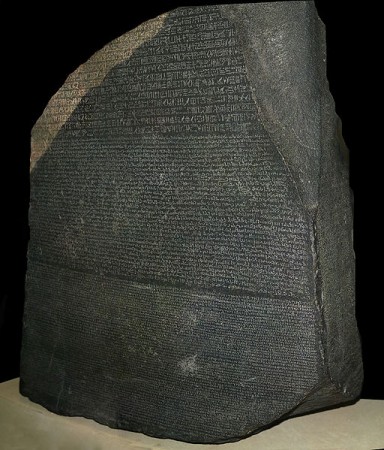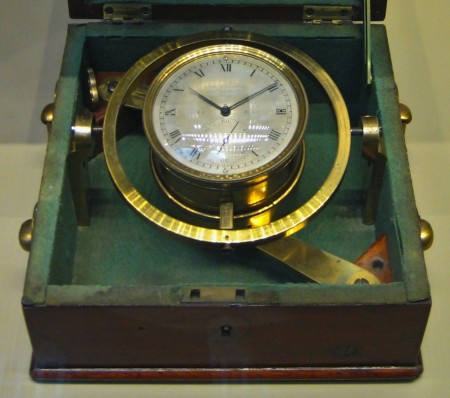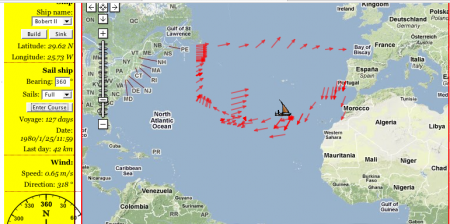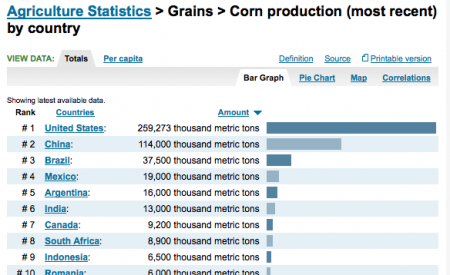One of my language groups is working on mentor authors, but the other is trying the choose your own adventure story.
I started with a short, four paragraph, seed story, written in the first person with a bit of generic foreshadowing and the requisite melodrama. The setting was modern. I did consider writing the seed story with the students as a group, but I’ve not had good luck doing writing assignments by committee. Indeed, the students did have the chance to discuss the character of the protagonist but found it really hard to get past physical descriptions (which they still could not agree on) and get the personality.
We read through the seed story and then, at the end of the page, created links for the different choices the protagonist could make. Each student came up with their own choice of what to do next.
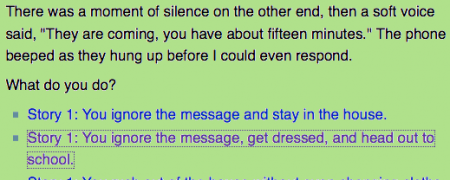
They were assigned, for the next day, to write three paragraphs advancing the story and ending with another decision point. I had to reiterate that the choice had to be something the protagonist does, not just what’s going to happen next in the plot: “You rush out of the house without even changing clothes,” would be acceptable.
The students really got into it. They really piled into the writing. According to one student, “I think this is the best thing I’ve even written.”
We read the story drafts the next day. There was a little confusion about how to end with a decision point.
Everyone had become so invested in their own stories they did not want to, as I had planned, have someone else take over at the new decision tree. In response, I’ve offered to let them continue their stories as one of the decision options, but they each also have to add to one of their peers’ story.
I’m quite excited about how this is turning out. The students are enthused and motivated and actually writing. I can also see a million ways to vary the assignment so I’ll write this one up as a success thus far.
